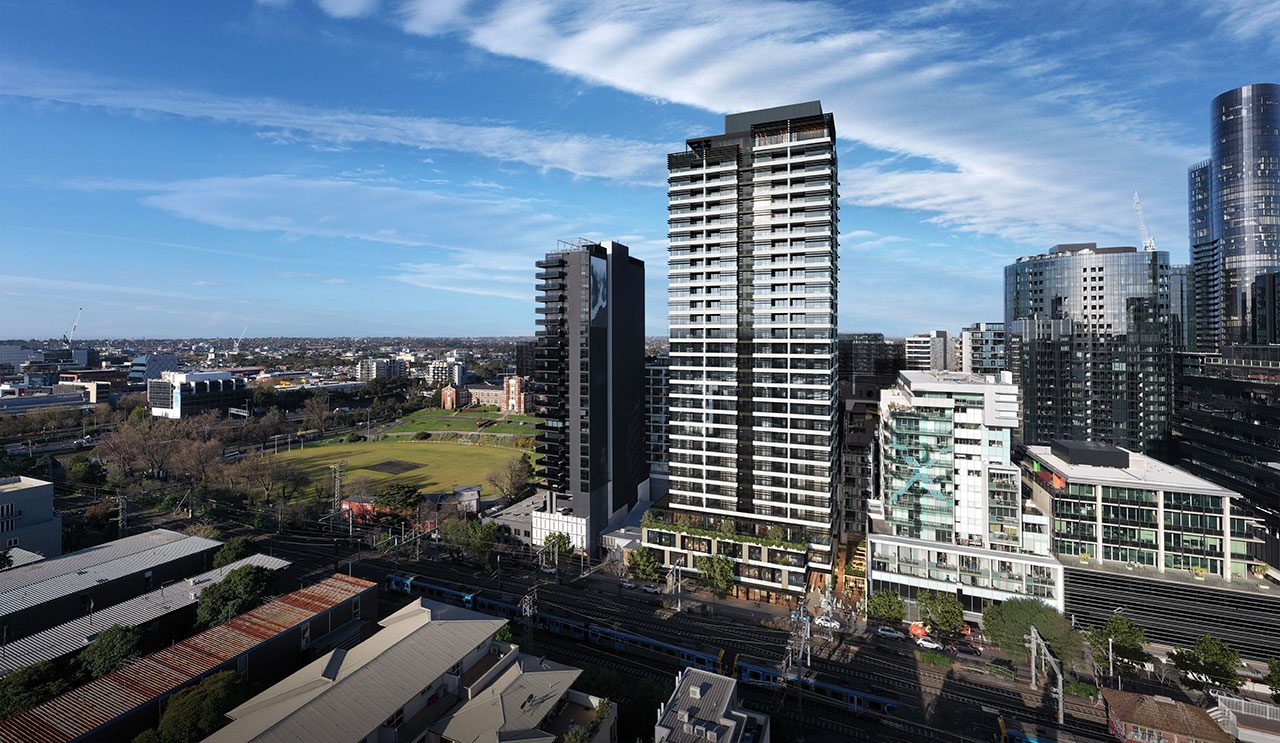This article is from the Australian Property Journal archive
AUSTRALIA’S build-to-rent supply will skyrocket by almost 3.5x times by 2026, with an additional 16,500 apartments set to enter the market.
According to Colliers Residential Investment Review 2023, institutional investment is set to boost alternative housing models amidst much needed demand for housing stock.
“The urgent need for institutional investment and alternative housing models to provide a helping hand for Australia’s housing crisis has many parallels to the UK’s situation in the early 2010s, ahead of institutionalisation of its now robust BTR market,” said Robert Papaleo, national director of residential capital markets.
“Despite limited exposure to the Australian residential sector historically, market activity in 2023 indicated growing interest from institutional investors, who drove the lion’s share of BTR sales in a year which saw 43% of total sales activity since 2015.”
By the close of 2023, completed institutional BTR assets represented an estimated market value of circa $3.3 billion.
This is around 80% of the national BTR market and 0.03% of the total value of Australia’s residential market.
“Domination of the rapidly expanding BTR market is a foot in the door to the broader $10.2 trillion residential market for these investors, who have been renowned for providing residential accommodation overseas for decades and are well-poised to support alternative housing models in addition to greenfield development,” added Papaleo.
Currently, Melbourne holds the lion’s share of completed BTR stock in the country, with a 48% share.
This is attributed to Melbourne’s higher availability of well-located larger sites with schemes permitting 300+ apartments.
South East Queensland follows with the next greatest share of completed stock, at 39%, as a result of conversion of the former Gold Coast Commonwealth Games Village.
“Notwithstanding the significant historical barriers to institutional investment in Australia’s residential sector, the BTR market has rapidly evolved since the first institutional-backed BTR projects were delivered in Perth (2017), Gold Coast (2018) Sydney (2020) and Melbourne (2022),” added Papaleo.
“The nature of projects is maturing, as market participation of institutional investors, who account for six of the top 10 BTR platforms in Australia, 13,650 completed and committed BTR apartments, as well as sites which may provide an additional 8,250 apartments, induces developers to bring forward projects with innovative partnership models and alternative structured deals.”
Over 2023, more than $5 billion in capital was raised to support the BTR sector, with the current average project comprising 281 apartments.
By 2028, projects are projected to deliver an average of 365 apartments to the market.
“As the BTR market continues to evolve in 2024 and beyond, institutional capital is expected to also increase investment in Purpose Built Student accommodation, Land Lease Communities and Coliving which are sectors that address more specific needs and can support higher returns for well-positioned sites,” said Papaleo.
“It is promising that government recognised in July 2023 that institutional investors can play a positive role in addressing the political, policy and economic imperative of new housing, in addition to identifying policy levers for barriers to such investment.”




